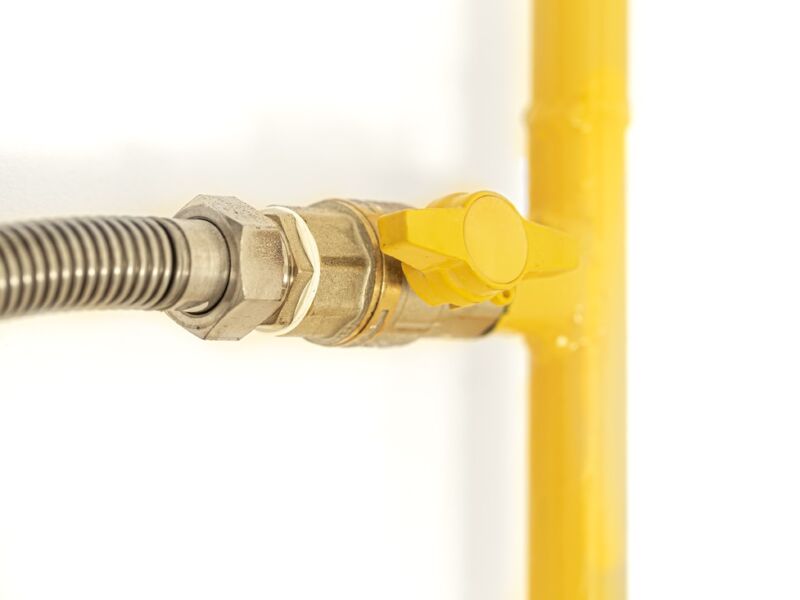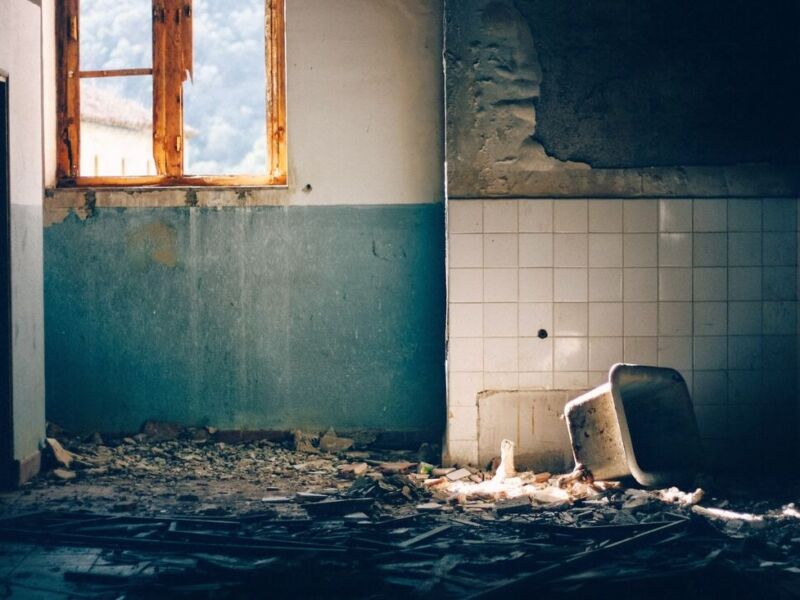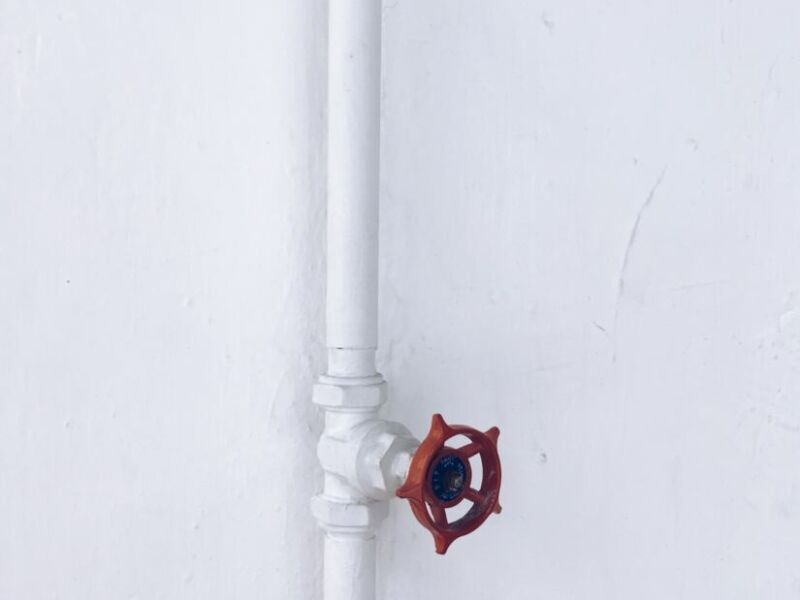
The Impact of Water Damage on HVAC Systems
Water damage can have a significant impact on HVAC (Heating, Ventilation, and Air Conditioning) systems. When water infiltrates these systems, it can cause various issues that affect their functionality and efficiency. Here are some ways in which water damage can impact HVAC systems:
1. Corrosion and Rust
Water exposure can lead to the corrosion and rusting of HVAC system components, such as the condenser coils, fan motors, and electrical connections. This corrosion can weaken the system’s structure and cause malfunctions.
2. Mold and Mildew Growth
Moisture from water damage creates an ideal environment for mold and mildew growth within HVAC systems. Mold growth can obstruct air ducts, reduce airflow, and release harmful spores into the air, posing a health risk to occupants.

3. Reduced Efficiency
Water damage can hinder the HVAC system’s efficiency, causing it to work harder to heat or cool a space. This can lead to increased energy consumption and higher utility bills.
4. Electrical Issues
Water infiltration can cause short circuits and electrical issues within HVAC systems. This can lead to system failures, fires, or other safety hazards.
5. Foul Odors
Mold and mildew growth within HVAC systems can produce unpleasant odors that permeate throughout the building. These odors can be difficult to eliminate and can negatively impact indoor air quality.
Restoring HVAC Systems after Water Damage
When water damage occurs in HVAC systems, it is crucial to take immediate action to mitigate the damage and restore the system’s functionality. Here are some essential steps involved in the restoration process:
1. Assessing the Damage
A professional water damage restoration specialist will assess the extent of the damage to the HVAC system. This includes evaluating the affected components, identifying areas of mold growth, and assessing electrical issues.

2. Drying and Dehumidification
The restoration team will thoroughly dry the affected HVAC components and the surrounding area to eliminate moisture. Dehumidifiers may also be used to control humidity levels and prevent further mold growth.
3. Cleaning and Disinfection
All components of the HVAC system will be carefully cleaned and disinfected to remove mold, mildew, and any other contaminants. This ensures that the system operates safely and efficiently.
4. Repairs and Replacements
If any components of the HVAC system have been severely damaged, they may need to be repaired or replaced. This may include replacing corroded coils, motors, or electrical connections.
5. Testing and Maintenance
After the restoration process is complete, the HVAC system will undergo thorough testing to ensure it is functioning optimally. Regular maintenance and inspections may be recommended to prevent future issues.
Frequently Asked Questions (FAQ)
What should I do if I notice water damage in my HVAC system?
Can water damage to my HVAC system cause mold growth?
Important Facts and Statistics
- The development of statistics in the exploratory analysis was carried out with pipe breaks between 1995 and …-src:Pipe breaks and estimating the impact of pressure control in water …
- Major environmental stressors, such as earthquakes and tremors, cause the most severe pipe damage for properties along geological fault lines.
- Broken pipes tend to be the symptom of another problem, and that problem will also need to be resolved.-src:Burst & Damaged Pipes: How Leaks Can Cause Water Damage
- Clogged pipes are often caused by: Grease, Hair, Inappropriate items being flushed down pipes, Food scraps, Floss, Diapers, Sanitary products-src:Common Causes of Clogged Drains And Broken Pipes
- According to The Oregonian/OregonLive, a broken sprinkler pipe was the culprit.
- A recent study found that the Chicago area alone is losing 22 billion gallons of treated water per year through leaky pipes.
For professional water damage restoration services and assistance with HVAC system restoration, contact JGW Group Water Damage Restoration Deerfield Beach at 754-294-5716.



